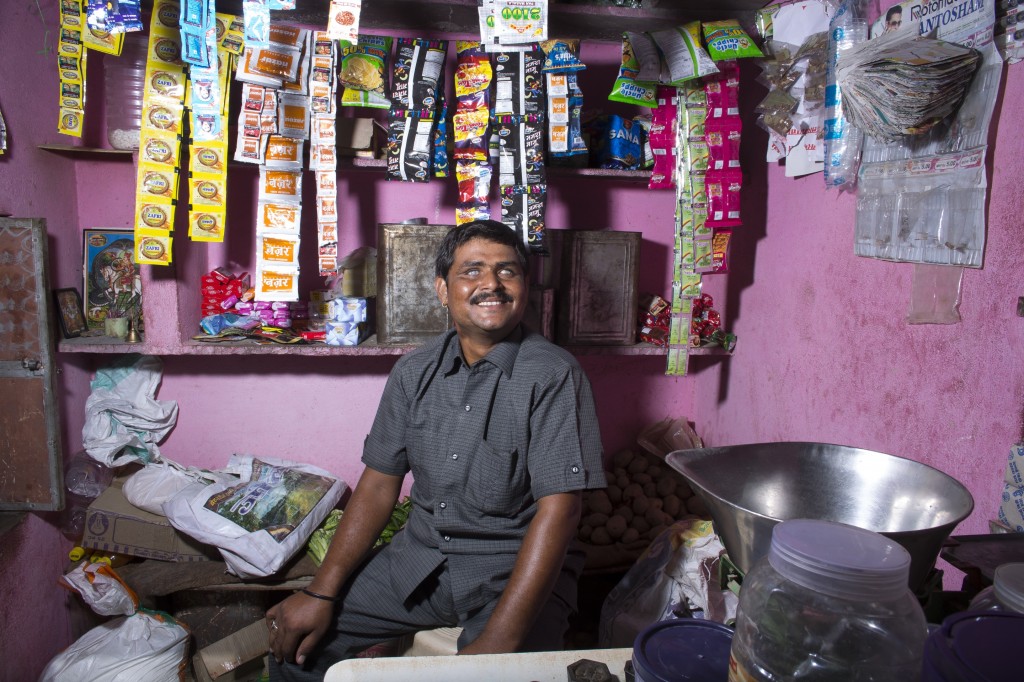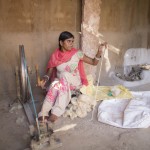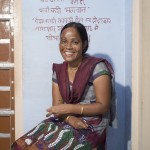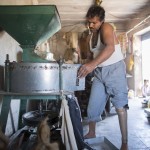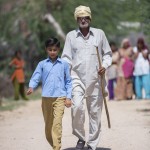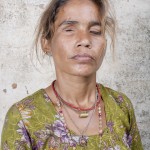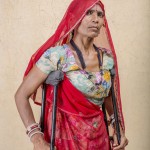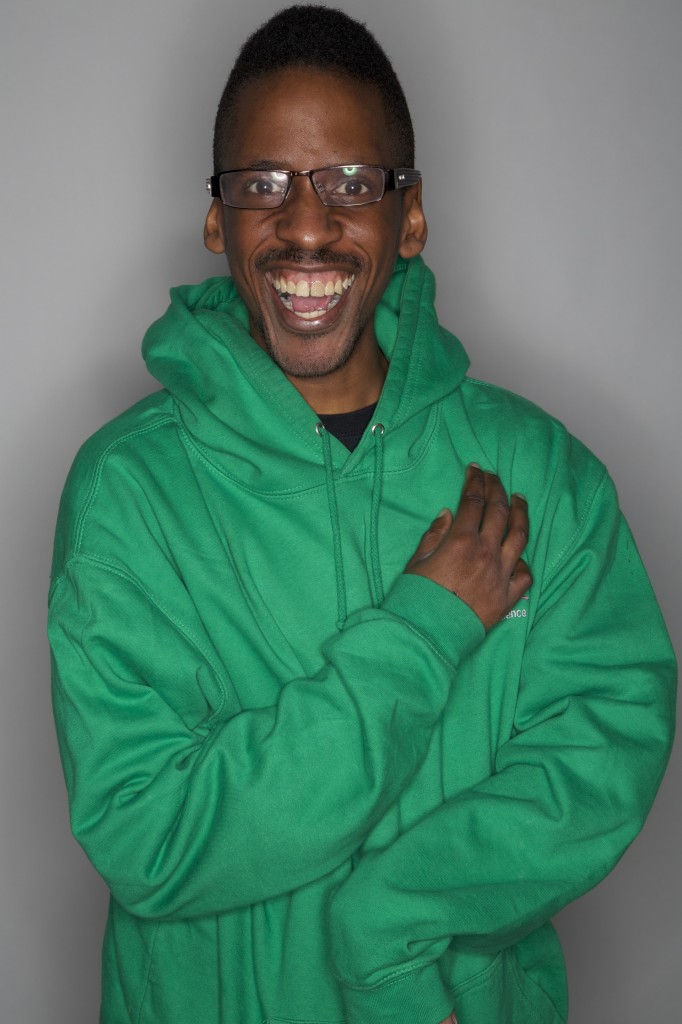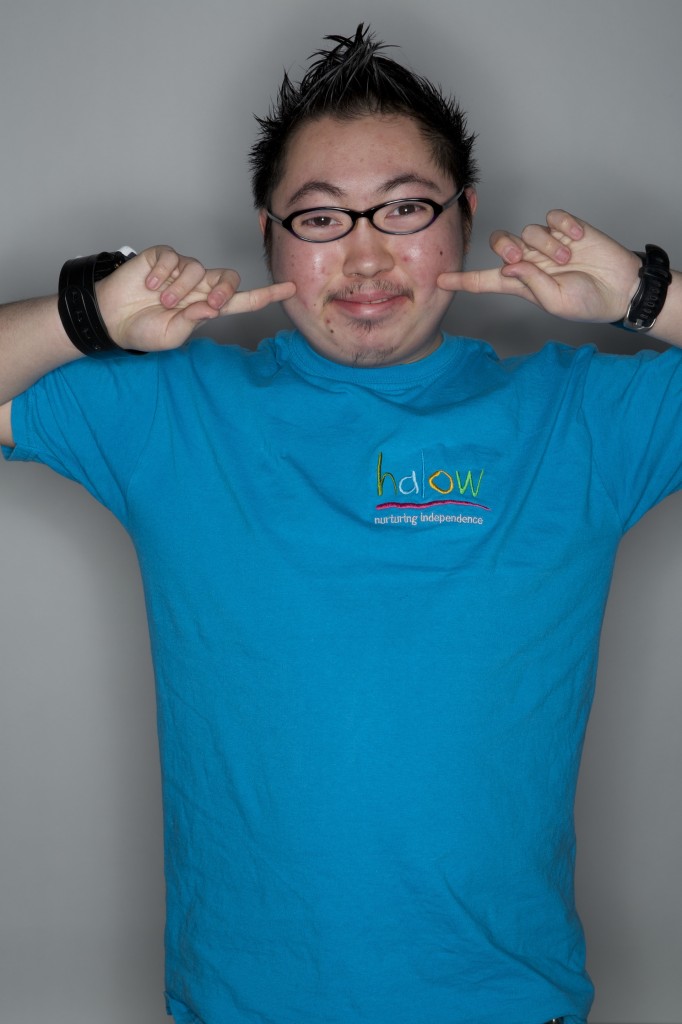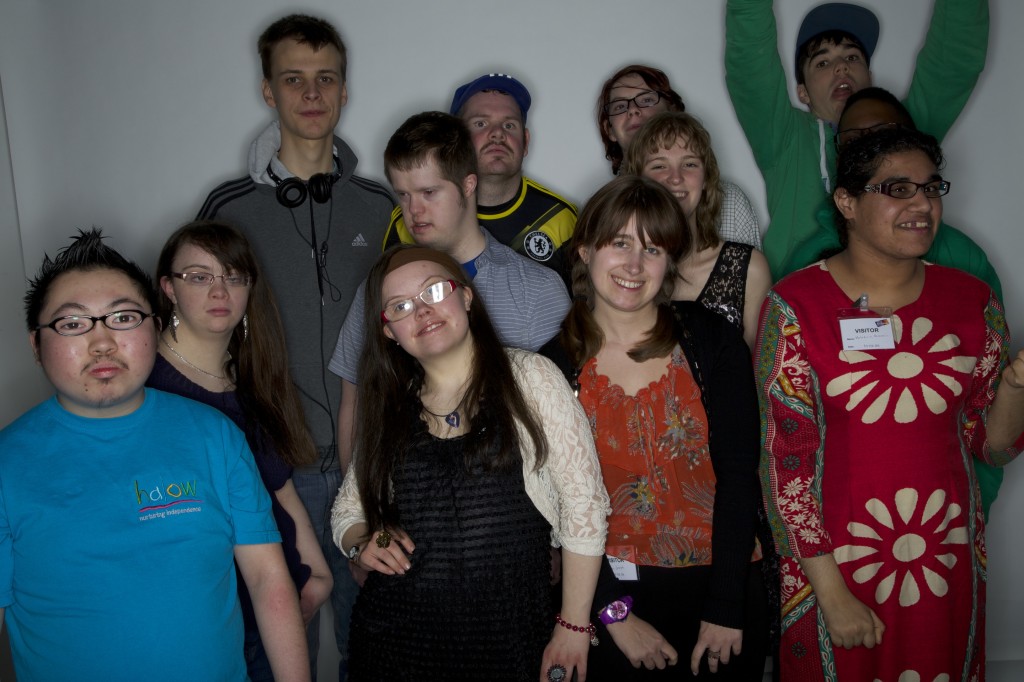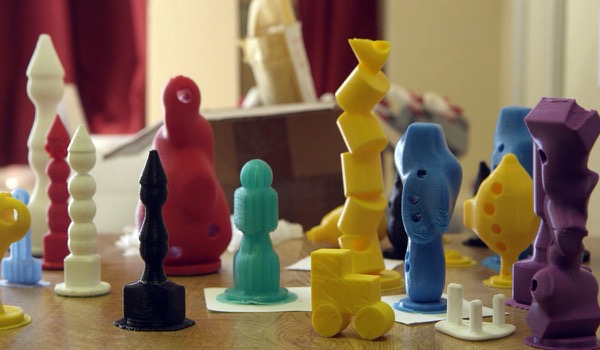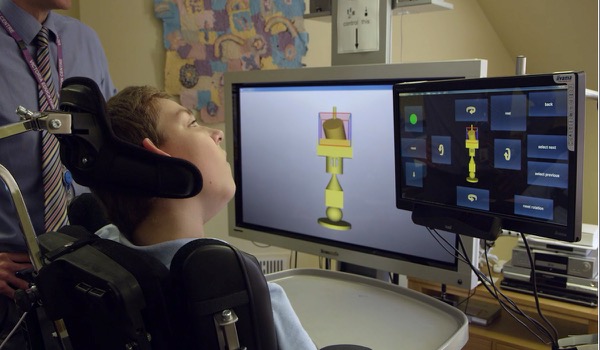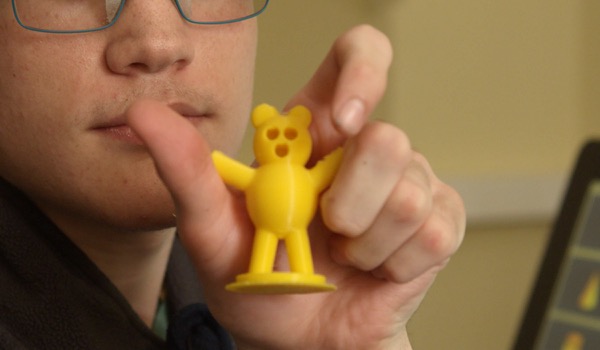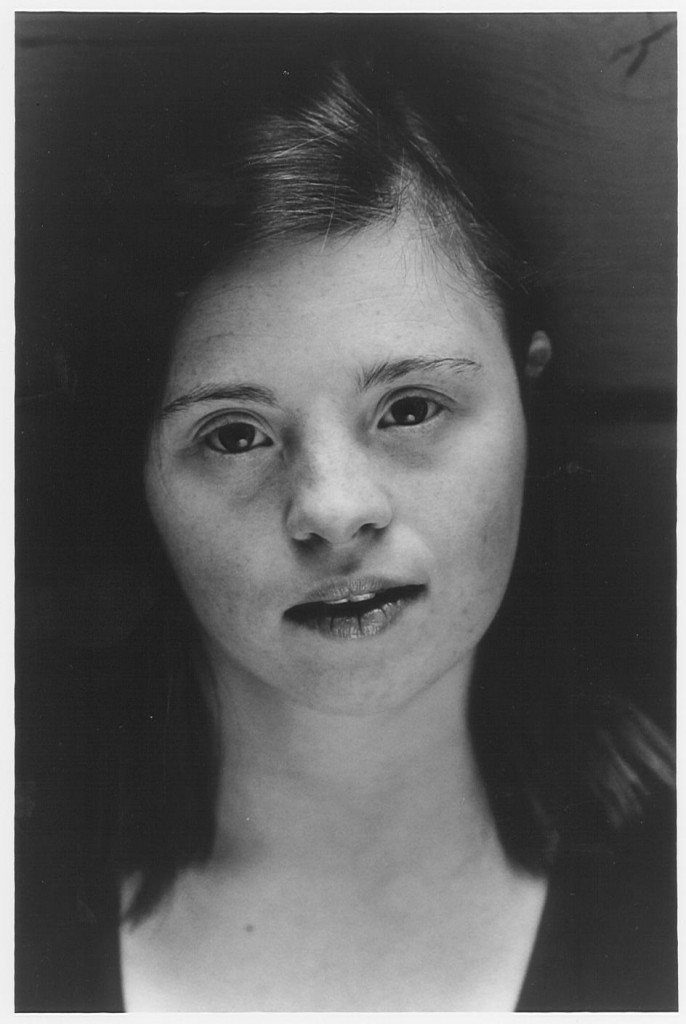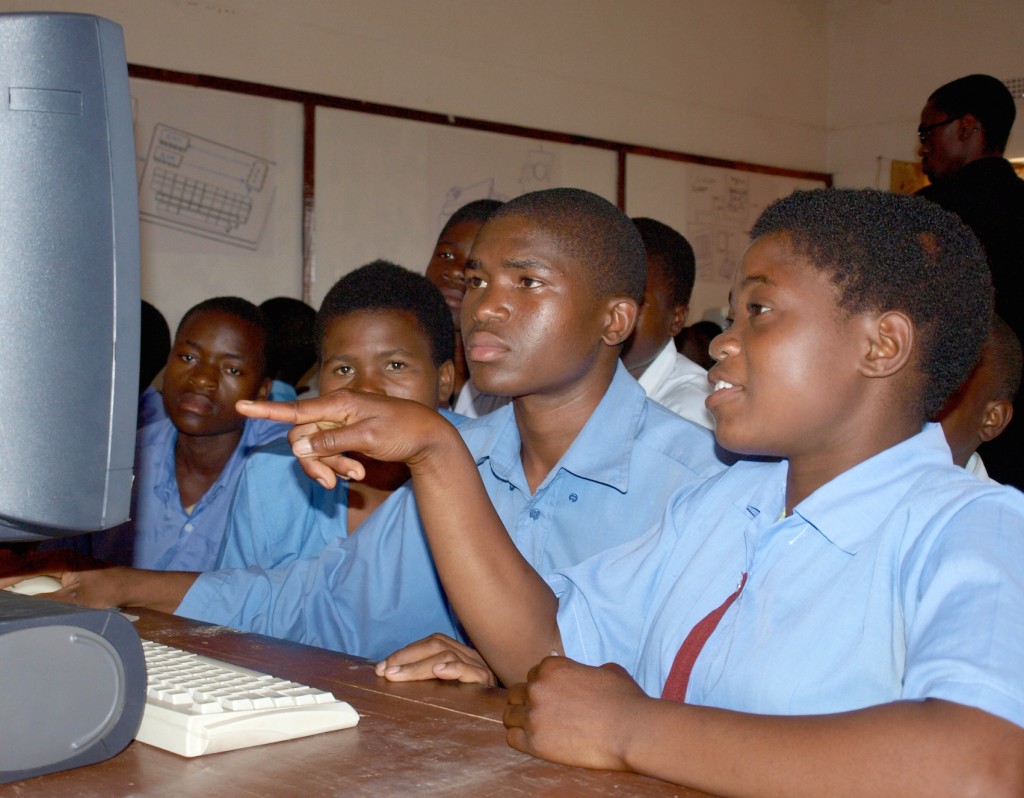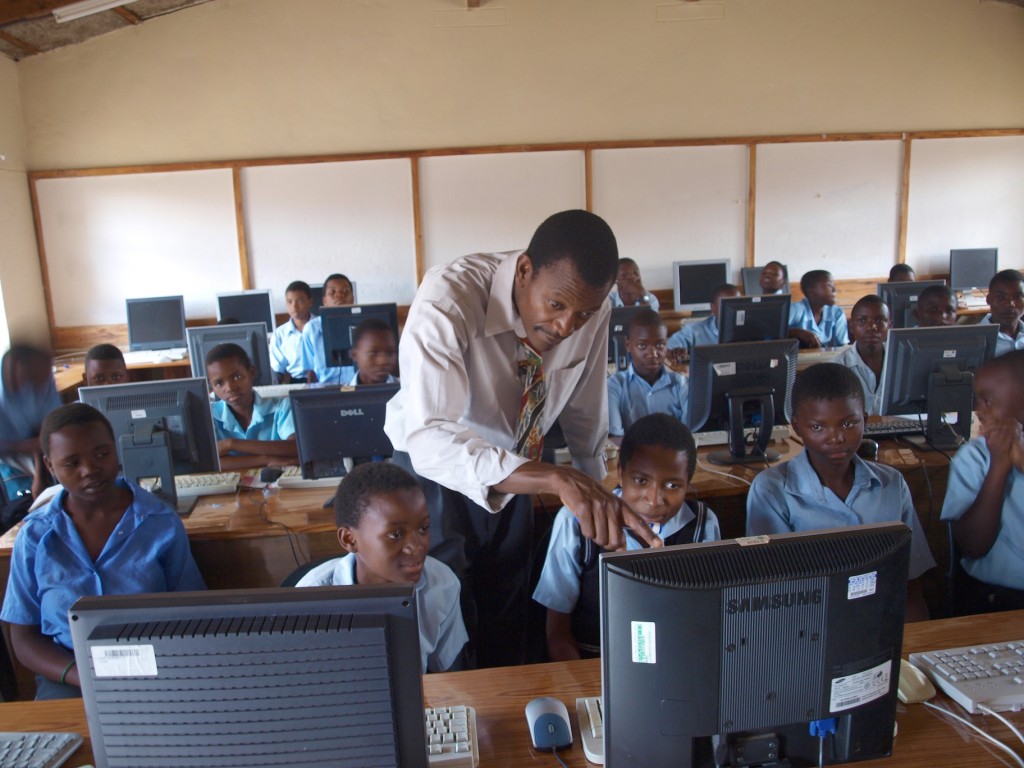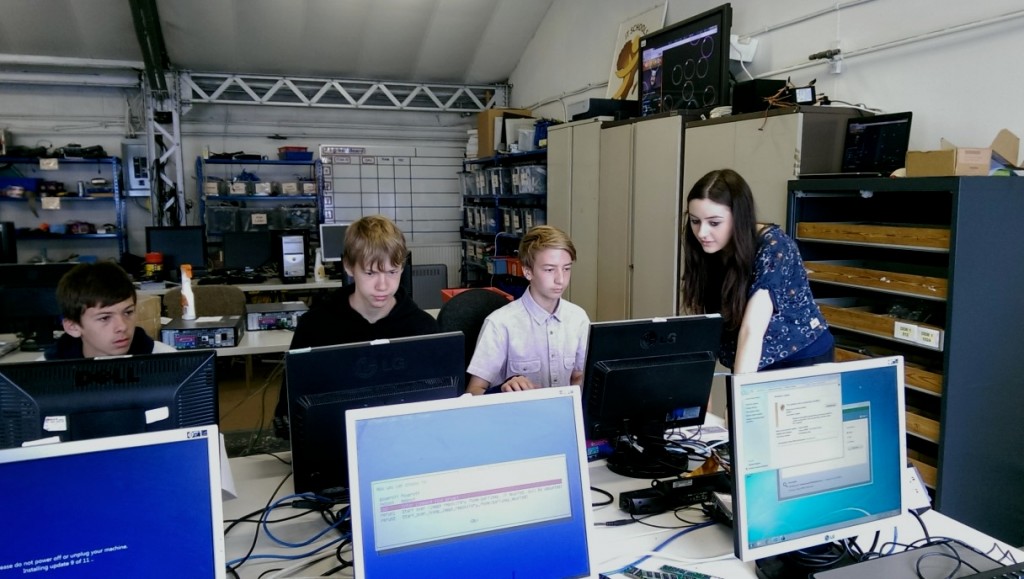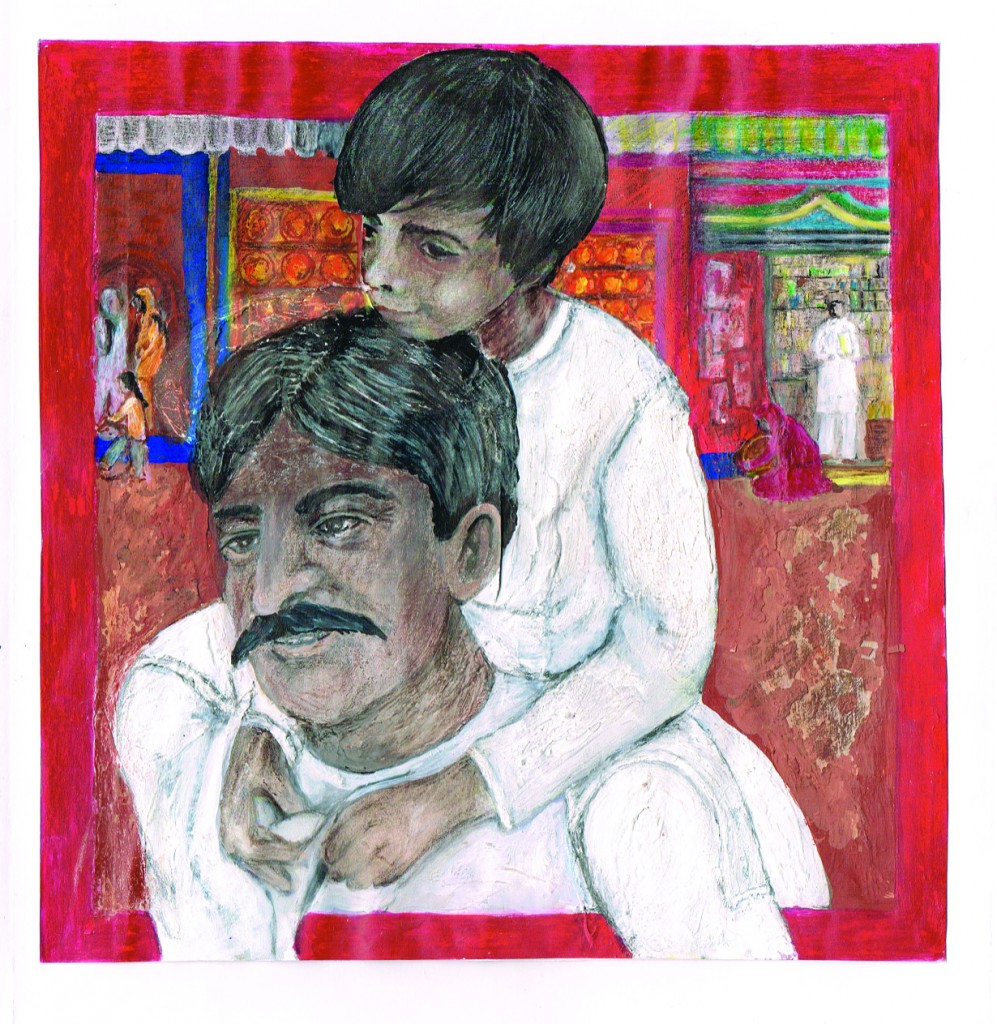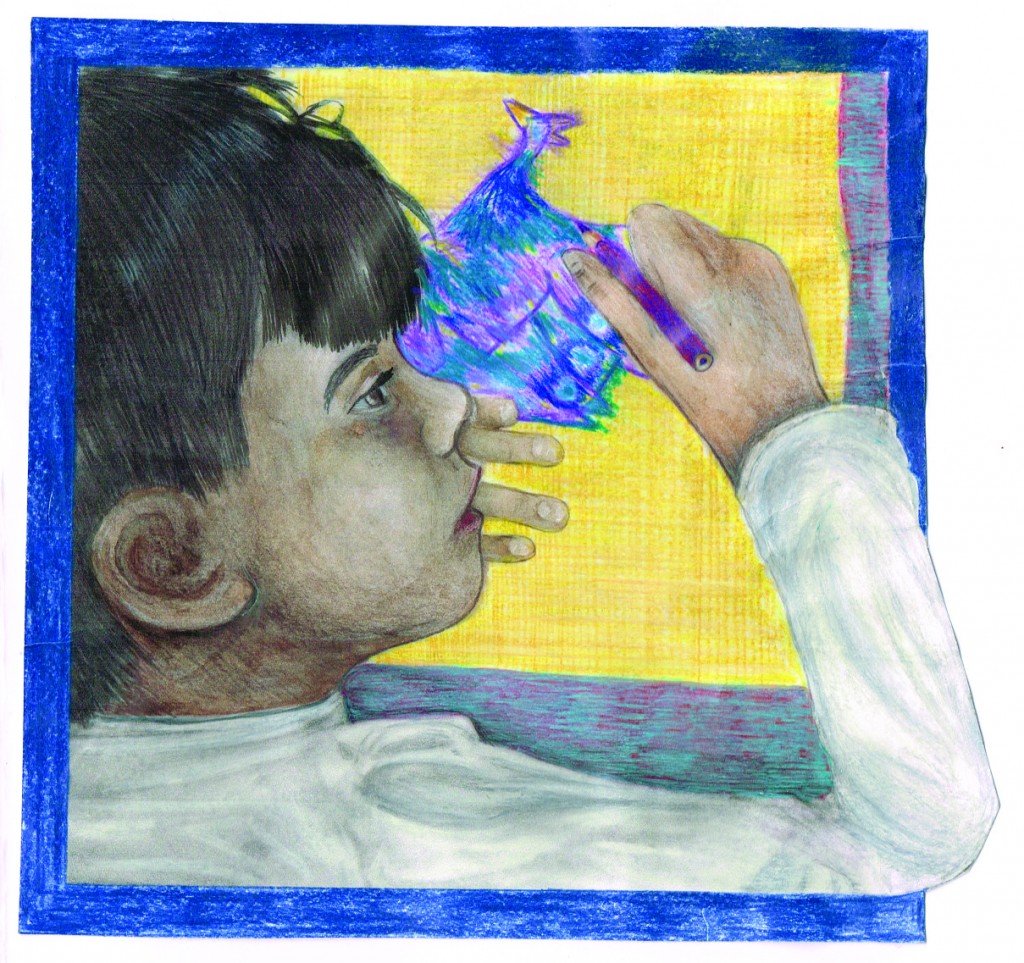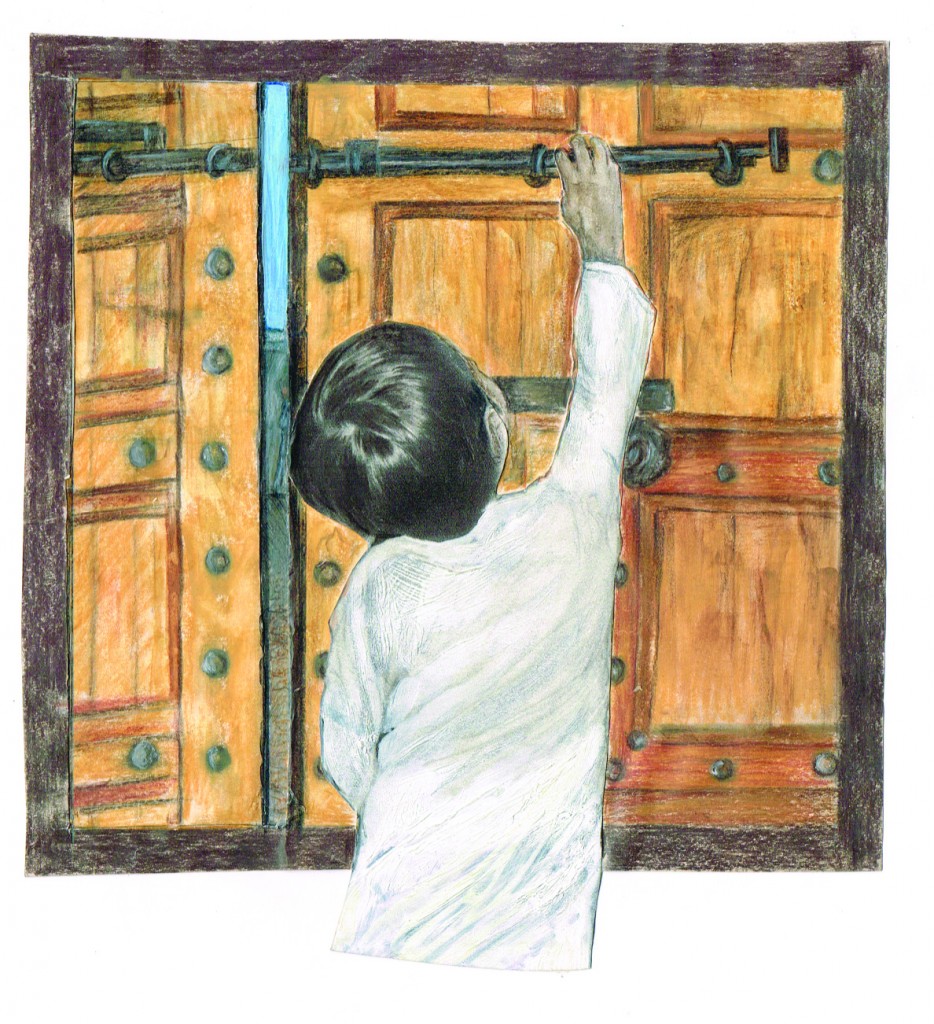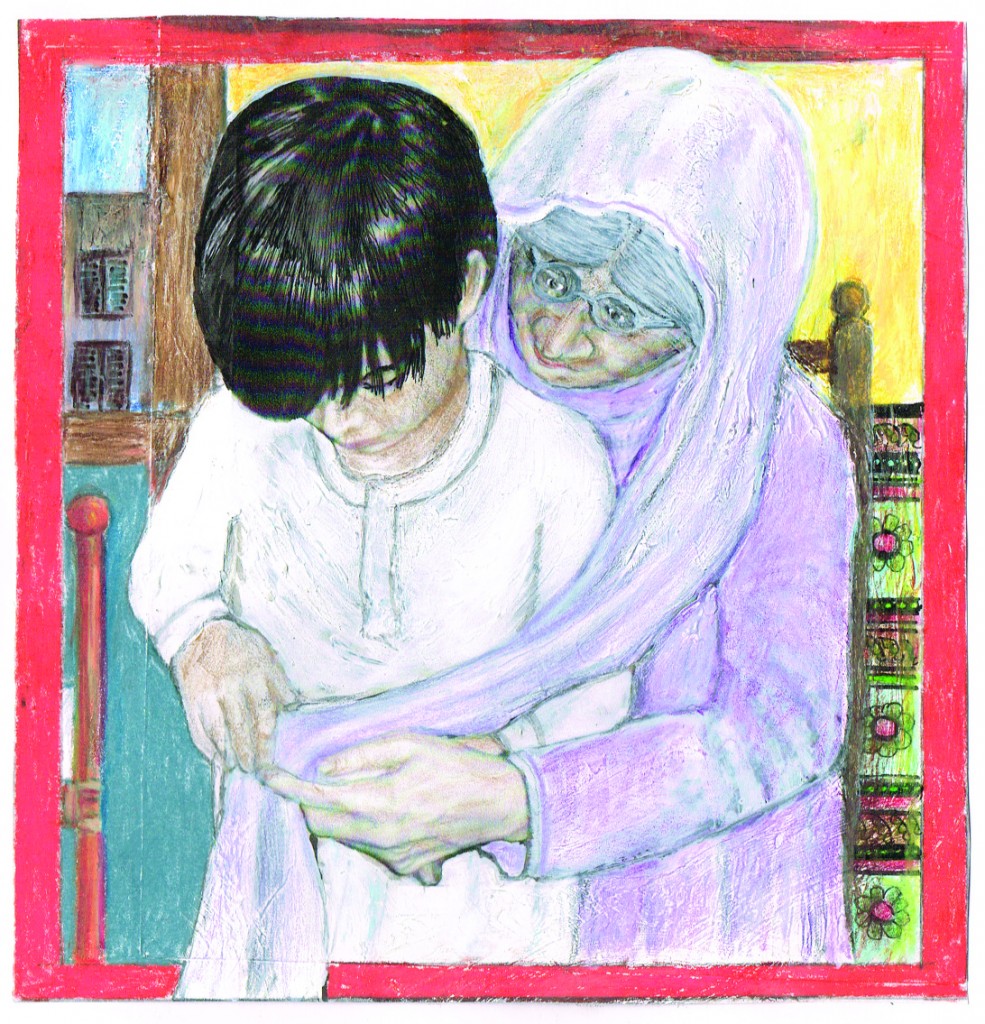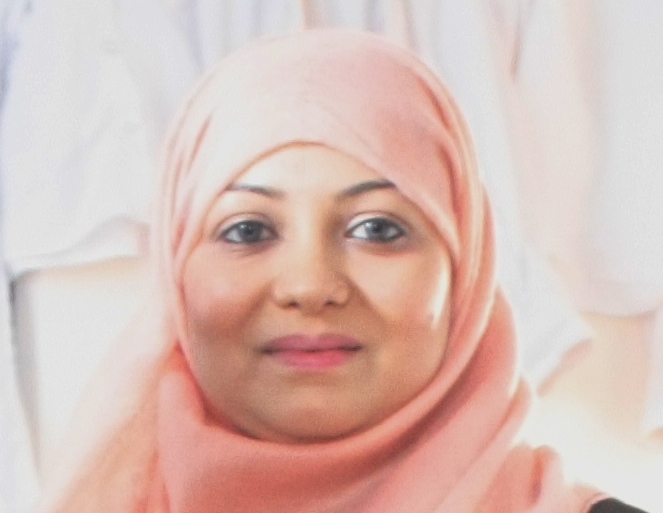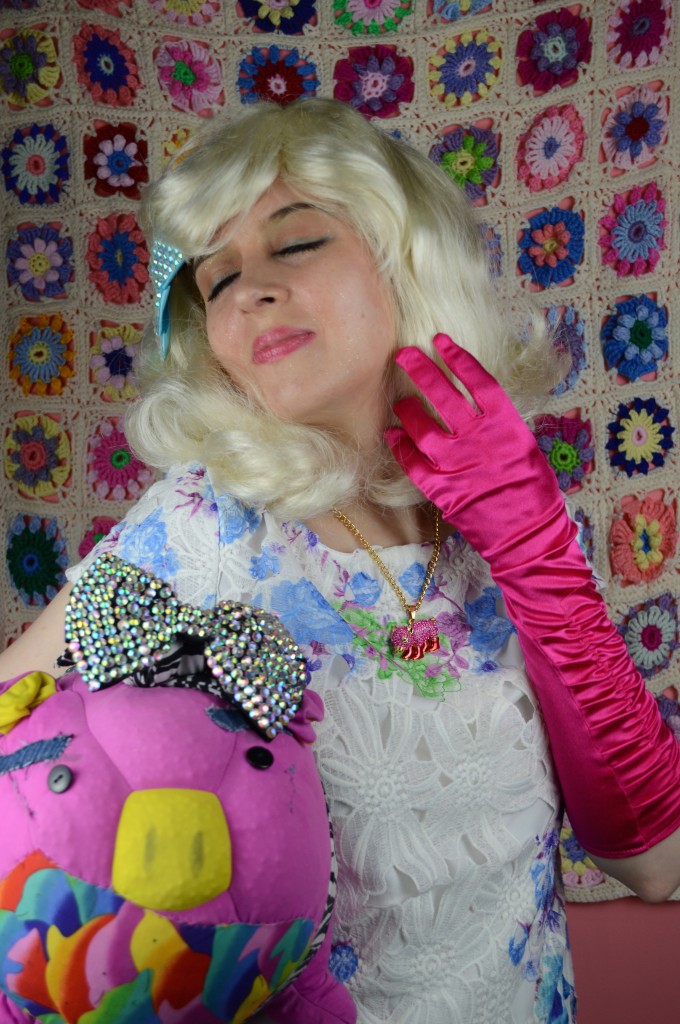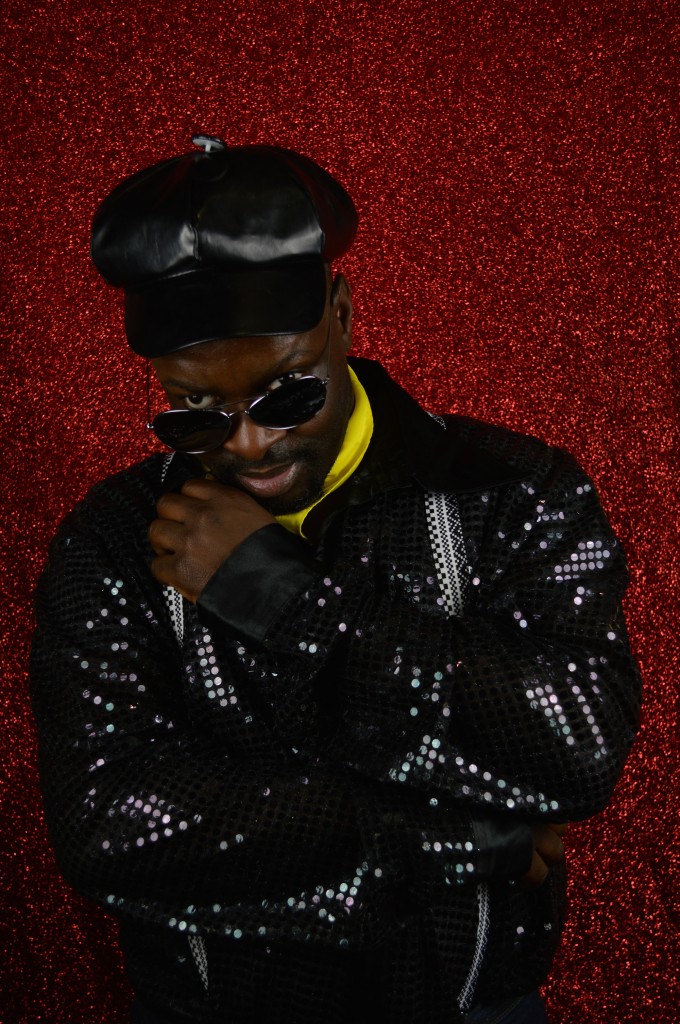If someone’s arm was broken on TV we would see it bandaged up. If someone had diabetes we would see them receiving insulin. If we see someone had a heart condition we would see them wired up to an ECG machine.
So why when we see people displaying symptoms of mental illness do we usually see this depicted as violent or histrionic, with a focus on the challenge and not the solution?
Christmas is next week – a time of year that can brings an unbearable pressure to people with mental health issues. We are all very familiar with seeing mental illness portrayed in cliched, negatively stereotypical ways on our TV screens. The storyline involving the character Steve McDonald’s unfolding depression in the TV ‘soap’ Coronation Street is generating much interest currently .
I am watching closely as this storyline unfolds, not least because we at Time To Change are advising on this to try to ensure as much sensitivity and realism as possible.
Although only in the early stages of the illness, Steve’s behaviour is causing both consternation and confusion for those close to him, and not so close. People are trying to make sense of it all at the moment. Classic symptoms pointing to clinical depression can often be overlooked in the early stages. The programme is cleverly highlighting this and showing the insidious nature of the illness.
I believe it is all around finding the right balance between providing drama for the viewers but also ensuring mental health is not further stigmatised through lazy, damaging scriptwriting. It is a win-win situation for everyone to have mental health storylines depicted with responsibility, authenticity and maturity:
• viewers will gain more awareness of symptoms and treatment
• the programme will receive positive publicity for the research and efforts made
• a powerful anti stigma message will be ultimately delivered.
It is critical to present as authentic a picture of mental health symptoms and treatment as possible to de stigmatise mental illness. The media plays a role that must never be underestimated. It will educate and challenge opinions, it will inform. The viewers opinions and impressions are often influenced by what they see and hear on their TV screens. In advising on the Zak Dingle depression storyline in Emmerdale, I was at pains to reinforce how the illness not only impacts on the sufferer but also the family and significant others.
This is the reality.
The person who is ill does not usually suffer alone, their families/partners have usually cared for them before they seek help and continue to provide care afterwards. I will be watching the Coronation Street storyline to see how those near to Steve are effected by his own deterioration. It must also be realistic in showing the time span of the illness. It would be ludicrous for the viewers to see a decline into severe clinical depression undermined by a miraculous recovery within weeks.
Unfortunately drama that portrays a swift recovery only serves to misinform and mislead. Realism and credibility is then left on the cutting room floor. This is why good research is the key alongside learning the lessons of the past. Lessons need to be learnt and I strongly believe this will be the case in the Coronation Street plot.
Recent research by Time To Change has shown that attitudes are changing as a consequence of responsible media portrayals of mental health. We must not become complacent though and continue to build on the good work so far.
Coronation Street is a very popular soap. Many will be watching for the drama and entertainment element, while others will be scrutinising closely to look for a positive, realistic depiction.
I want these reasons to combine.
I hope nobody is left disappointed or disillusioned. I am excited by this storyline and so should others be. Excited because the storyline will, if successful, leave a seed of hope and a motivation for change in everyone’s minds. That seed will eventually grow into a realisation that when covering the topic of mental health, it is crucial this is responsibly portrayed in the media.

